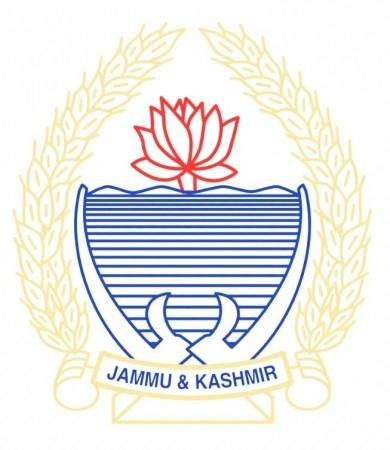
Amid intense political debate over the rampant exploitation of natural resources by the influential mining mafia across the Union Territory, authorities have admitted that Kupwara district in Kashmir and Samba in the Jammu division have emerged as hotspots of illegal mineral extraction and transportation across Jammu and Kashmir.
According to official data shared by the authorities, a large-scale crackdown is underway against unlawful mining operations in the Union Territory.
As per official documents, 202 mining leases have been auctioned to successful bidders, while eight leases have been granted to public sector undertakings such as J&K Minerals Ltd. and Jammu Kashmir Project Construction Corporation (JKPCC) Ltd.
Furthermore, six private leases and several disposal permits have been issued to government agencies involved in various developmental projects across the Union Territory.
Steps taken to prevent illegal mining
To prevent illegal extraction, the concerned department has undertaken a series of technological and administrative reforms to prevent illegal extraction of natural resources. Multi-departmental district-level task force cells have been established under respective Deputy Commissioners, while Vigilance-cum-Monitoring Flying Squads were formed for both Jammu and Kashmir divisions in August 2024 to strengthen on-ground surveillance.
![[Representative Image] Sand mafia](https://data1.ibtimes.co.in/en/full/566918/sand-mafia.jpg?h=450&l=50&t=40)
The government has also set up 22 Mineral Check Posts at major entry and exit points to regulate mineral transportation. An online web portal (e-Challan/e-Marketplace) launched in August 2022 now facilitates the transparent online sale and purchase of minerals at notified rates.
In a major step toward technology-driven governance, the department launched the Integrated Mining Surveillance System (IMSS) portal and mobile app, developed by the Bhaskaracharya Institute for Space Applications and Geo-informatics (BISAG). The system detects suspicious activity within 500 metres of mining lease boundaries and automatically generates alerts for verification. Officials said that 114 such alerts have been flagged so far.
Over the past three years, enforcement agencies have penalized 17,806 vehicles involved in illegal mining activities, imposed fines worth ₹46.68 crore, and registered 506 FIRs against violators. The figures underscore the administration's intensified drive to curb the rampant mining mafia operating across the region.
Year-wise Breakdown
2023–24: 7,018 vehicles penalized, 133 FIRs filed, and ₹19.19 crore recovered in fines.
2024–25: 6,219 vehicles penalized, 212 FIRs registered, and ₹16.79 crore in penalties collected.
2025–26 (up to September): 4,569 vehicles penalized, 161 FIRs registered, and ₹10.70 crore recovered in fines.
Kupwara, Samba emerge as hotspots
In the Kashmir division, Kupwara topped the list this year with 516 vehicles penalized, 43 FIRs registered, and ₹78 lakh recovered in fines — the highest enforcement record so far. Baramulla followed with 393 vehicles penalized and ₹75 lakh in fines, while Budgam reported 360 vehicles and ₹60 lakh realized.
Anantnag recorded 334 vehicles with ₹57 lakh recovered, whereas Kulgam stood out with the highest fine amount of ₹1.25 crore, collected from 270 vehicles.
In the Jammu division, Samba led the enforcement action with 470 vehicles penalized and ₹67 lakh recovered. It was closely followed by Kathua, which reported 445 vehicles penalized and ₹2.16 crore collected — the highest fine amount in the division. Jammu district recorded 317 vehicles penalized and ₹1.24 crore realized.

Crackdown and Technological Surveillance
Responding to growing concerns over illegal mining, the government informed the recent Assembly session that enforcement teams remain active in all districts. Dedicated district-level task forces and flying squads have been constituted, supported by 22 mineral check posts strategically established at critical transit points to monitor movement and curb violations.
To strengthen surveillance, the department has introduced the Integrated Mining Surveillance System (IMSS) in collaboration with the Bhaskaracharya Institute for Space Applications and Geo-informatics (BISAG). The satellite-based system detects mining activities within 500 metres of approved lease boundaries and automatically generates alerts for field inspection, enabling swift action.
Deputy Chief Minister Surinder Choudhary, who also holds the Mining portfolio, said that the introduction of digital penalty collection through Point of Sale (POS) machines) has significantly reduced revenue leakage. Furthermore, environmental monitoring committees at the district level are keeping a close watch to ensure sustainable and responsible extraction of natural resources.














